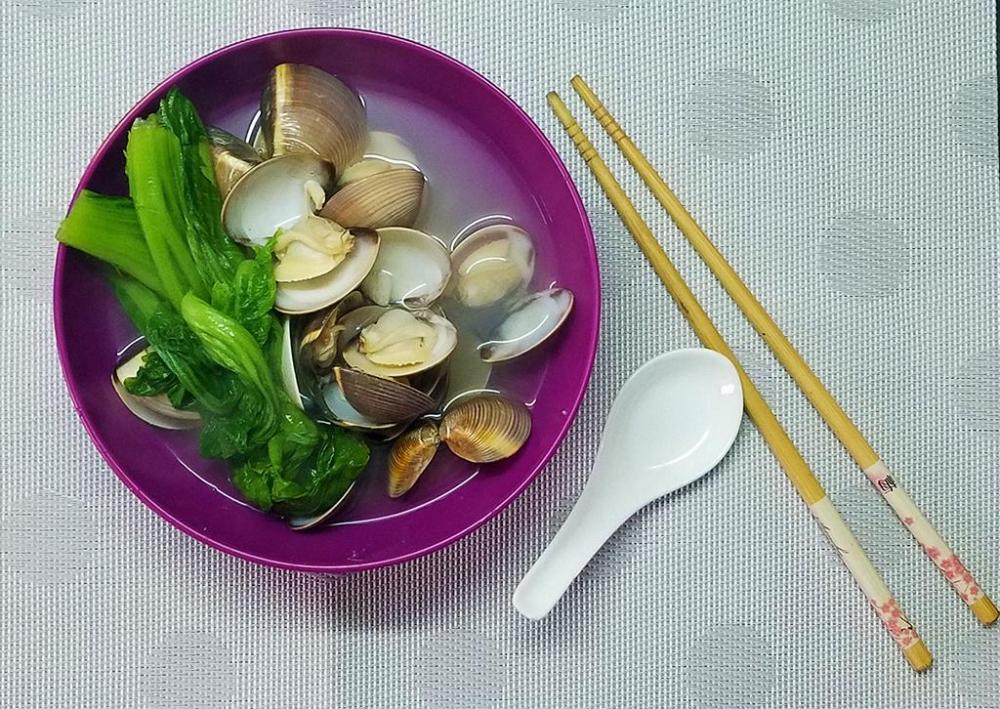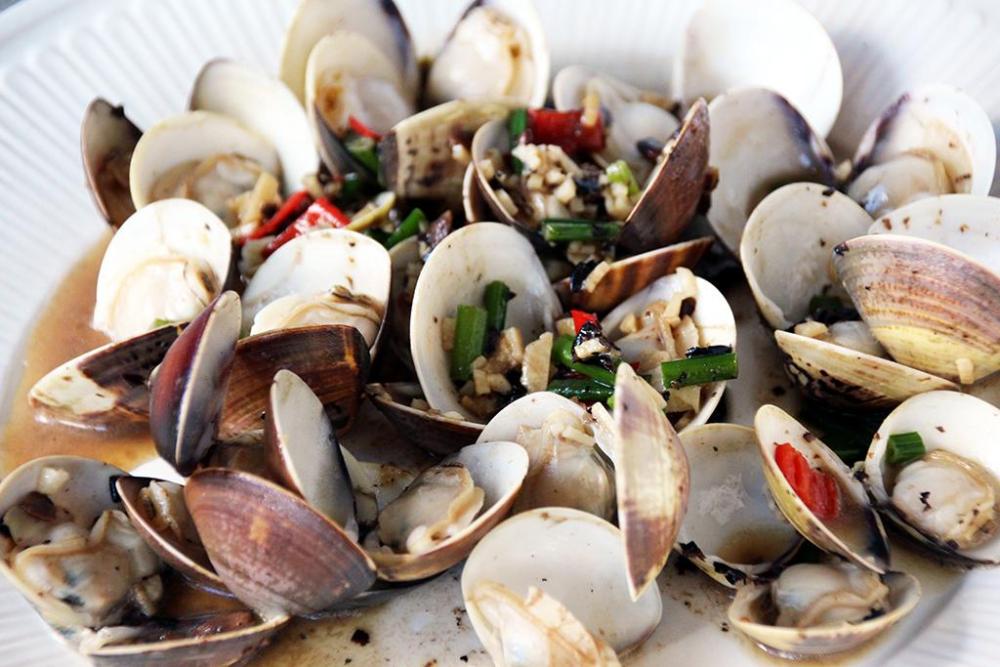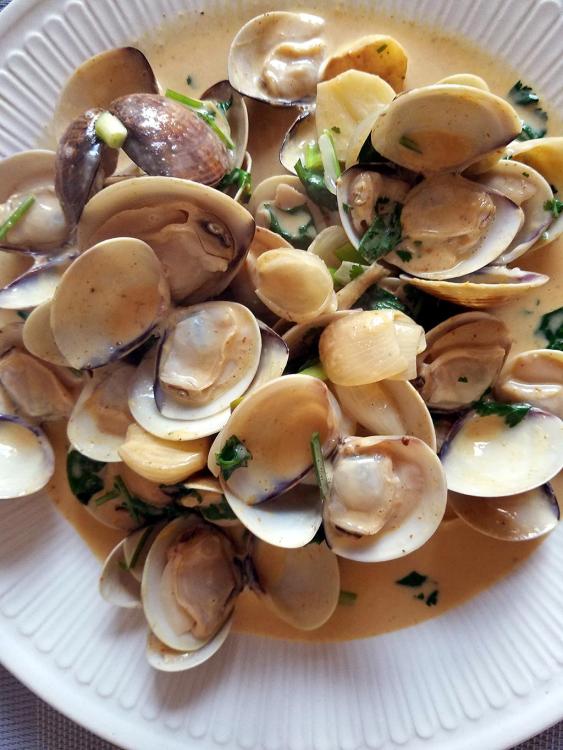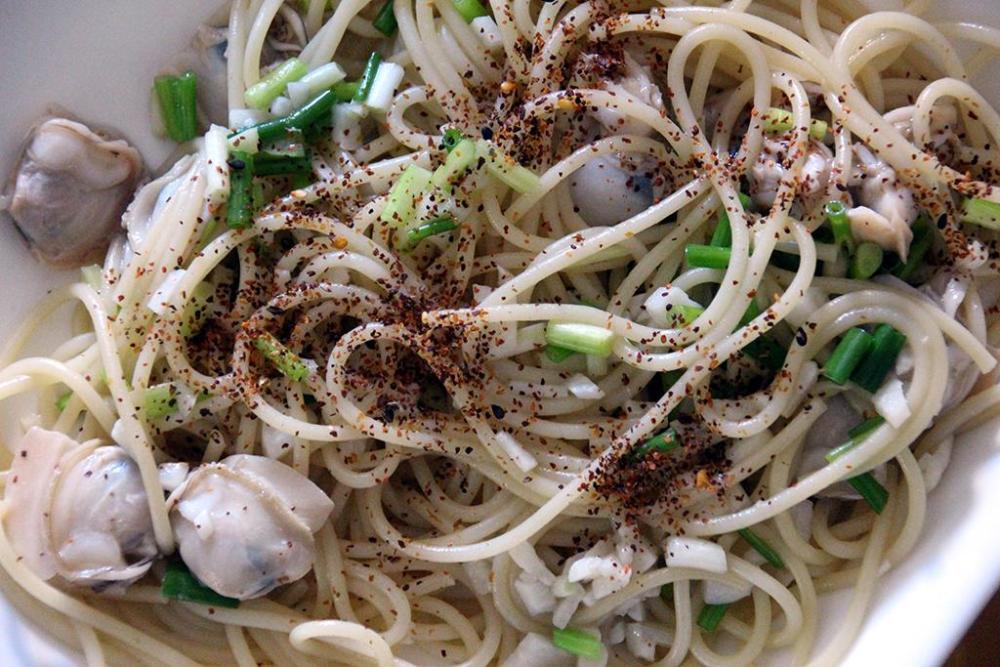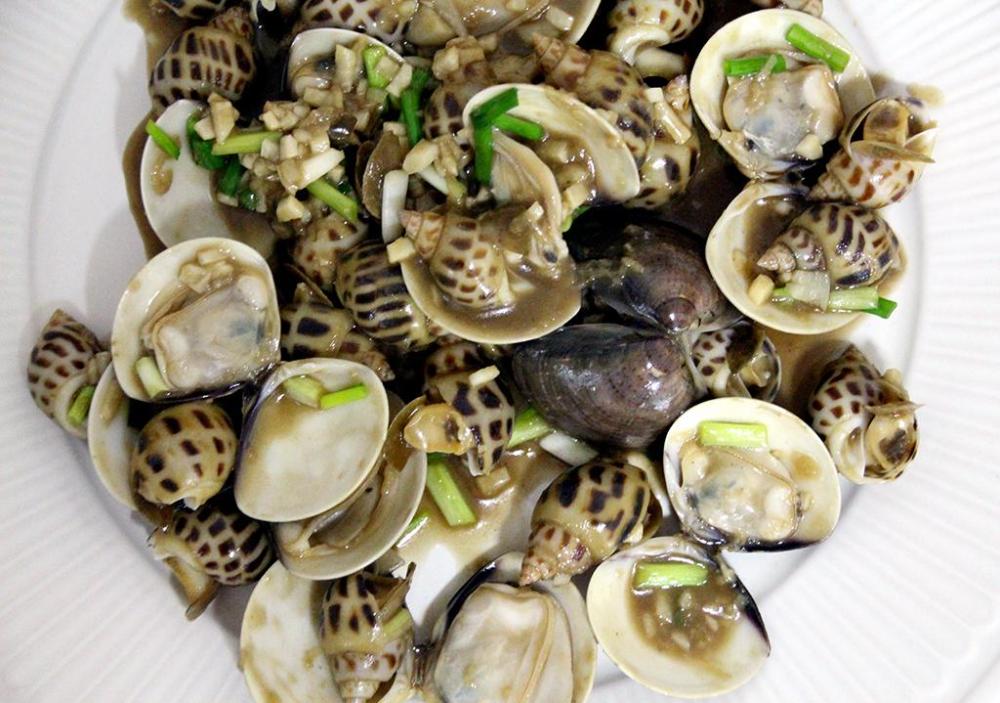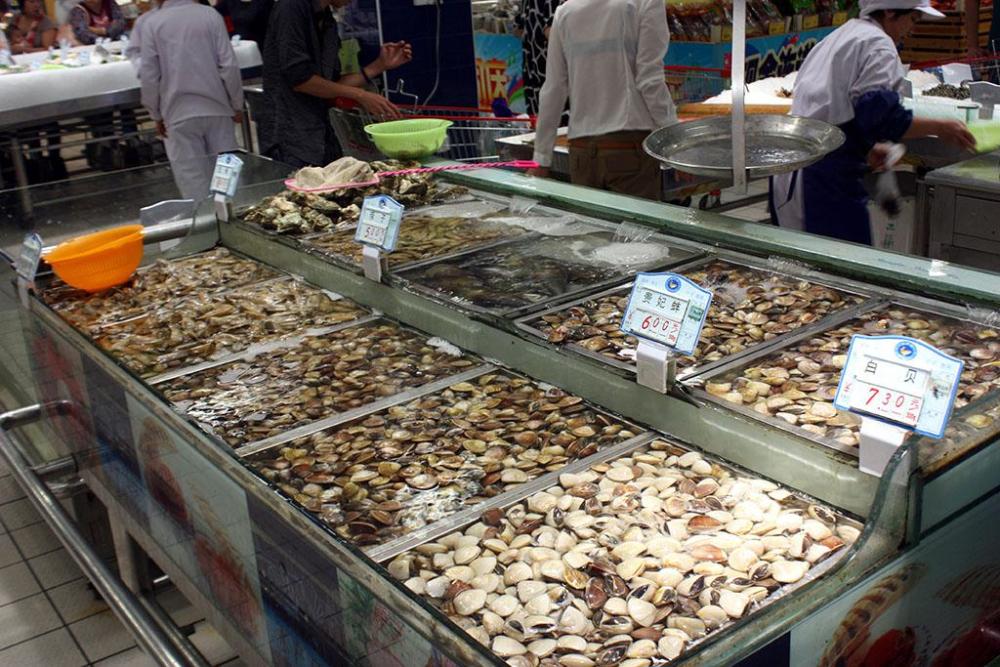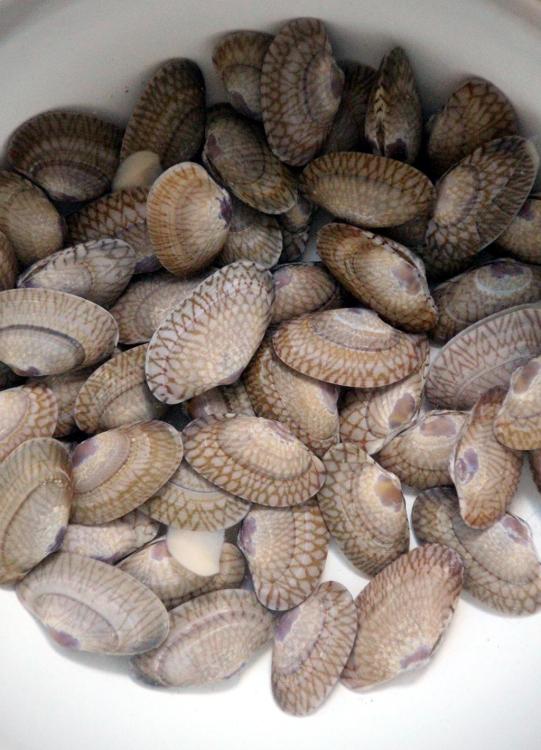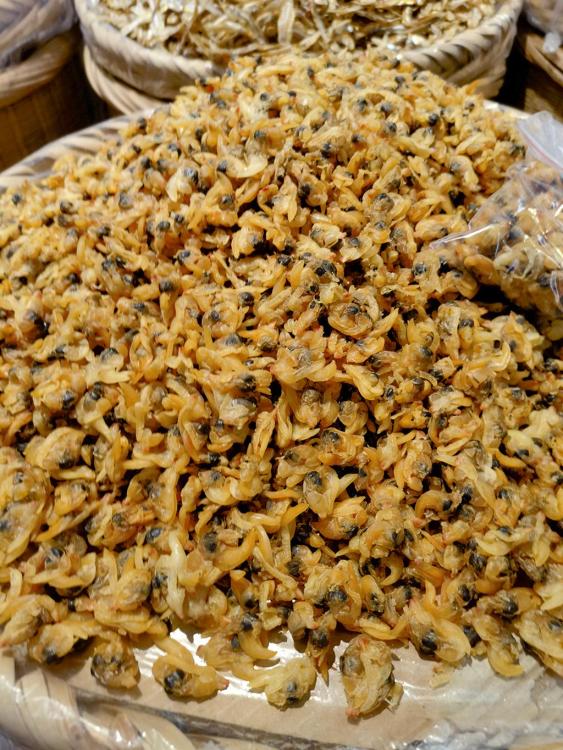18. 蛤蜊 (gé lí), 车螺 chē luó)
One difficulty about living, or even travelling, in China is an often overlooked linguistic phenomenon. Many foodstuffs and dishes have radically different names in different parts of the country. Many have different names on different stalls in the market! I know several different names for the simple potato, for example.
I first lived in Xi’an and made the effort to learn food names. After a year, I moved to faraway Hunan and was baffled. Everything seemed to be different, including food terminology. I started over and finally managed to order my dinner - usually successfully. After another two years, I decided to move to the neighbouring province of Guangxi thinking it wouldn’t be so different. My first attempt to order lunch in a hole-in-the-wall restaurant was a fiasco. I did finally manage to get something to eat, but had to learn a new language in five minutes, first.
The first time, though, that I noticed this phenomenon was in my first year, on a trip to Qingdao (home of Confucius and Tsingtao beer). This seaside city has great seafood and I mostly ate at a family run, outdoor place opposite my accommodation. Here, I discovered a great dish of what that they called ‘gala’. I searched for this for ages elsewhere only to find that ‘gala’ is the Qingdao dialect for 蛤蜊 (gé lí), the accepted Mandarin.
Now I am I Guangxi, where they are called something different again—车螺 (chē luó)!
Whatever you call them, I like them – clams! With there being over 15,000 types of these bivalves in the world to choose from, I’m not short of choice. But I’m not going to even try to say what species 99% of them are. I don’t even know the local names (and neither do the people selling them).
Clam and Mustard Greens Soup
By far, the favourite dish locally is 车螺芥菜汤 (chē luó jiè cài tāng) or Clam Soup with Mustard Greens, so much so that in many supermarkets it’s only possible to buy the clams and mustard pre-wrapped together. I don’t buy mine in those supermarkets, although I often make the soup.
Prepacked Clam and Mustard Greens for Soup
The soup is the only dish most people know it's possible to make with clams and I regularly surprise friends by cooking them different preparations. I remember one friend being delighted seeing the clams all pop open when I cooked her clams with fermented black beans. That was years ago and she still talks about the dish.
Black Bean Clams
I also use the local clams in Asian dishes such as
Red Curry Clams
Clams with Scallions
Clam and Noodles with Shichimi Togarashi
or pair them with seafood such as
Clams and Sea Snails in Oyster Sauce
Apart from the clams above, in my favourite seafood vendor's place, I get more choice although this is unpredictable, depending on the catch, the season and the weather.
,
Huajia Clams
White Clams
I also see dried clams, used in stocks, soups and hotpots for their umami.
Dried Clams
Finally, we can occasionally find these large clams grilled in the night markets - known locally as 'purse clams' as they supposedly resemble that essential accessory.
Grilled 'Purse Clams'with Garlic and Chilli



